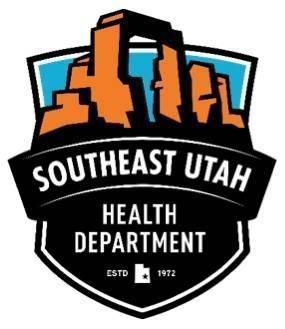During the Southeast Utah Health Department’s (SEUHD) July board meeting, a discussion was held regarding the possible approval of the Environmental Health Regulation Enforcement Guideline.
Bradon Bradford, director of the health department, began by explaining that it is important to recognize this is a guideline and not something that needs to be imposed. It is something that an accredited health department would have in place to outline the steps for implementing enforcement, when necessary. It was explained that this was spurred by a lot of housing complaints.
Now that the health department offices are a better staffed, they have had time to organize something such as this. With more employees, there is a need to standardize how everybody is implementing procedures.
In the draft of the guidelines, it is stated that the purpose is to provide a procedure for addressing abatement of violations of the Southeast Utah Health Department regulations and State of Utah Rules and Regulations. This is similar to the document for the Grand County Code Enforcement and how employees go about enforcing county codes. It gives a step-by-step process to regulate people fairly and equably.
Step one is receiving the complaint, while step two is research, with information that needs to be established within the research. The detailed steps continue, guiding an individual through how to best handle situations such as the ones detailed in the guidelines.
The purpose of having it in front of the board was for the members to adopt it as a procedure. Bradford added that if the draft did not go to each person on the board or there were those that did not have a chance to review, it may be possible to take the next couple of months and readdress it in the September board meeting.
It was reiterated that this is not an additional regulation; it just outlines how the regulations will be implemented. It was also explained that it is essentially what would be done anyway between now and the next meeting.
With this in mind, the guidelines were approved with the stipulation that changes could be made at the next meeting if such a need arises.


